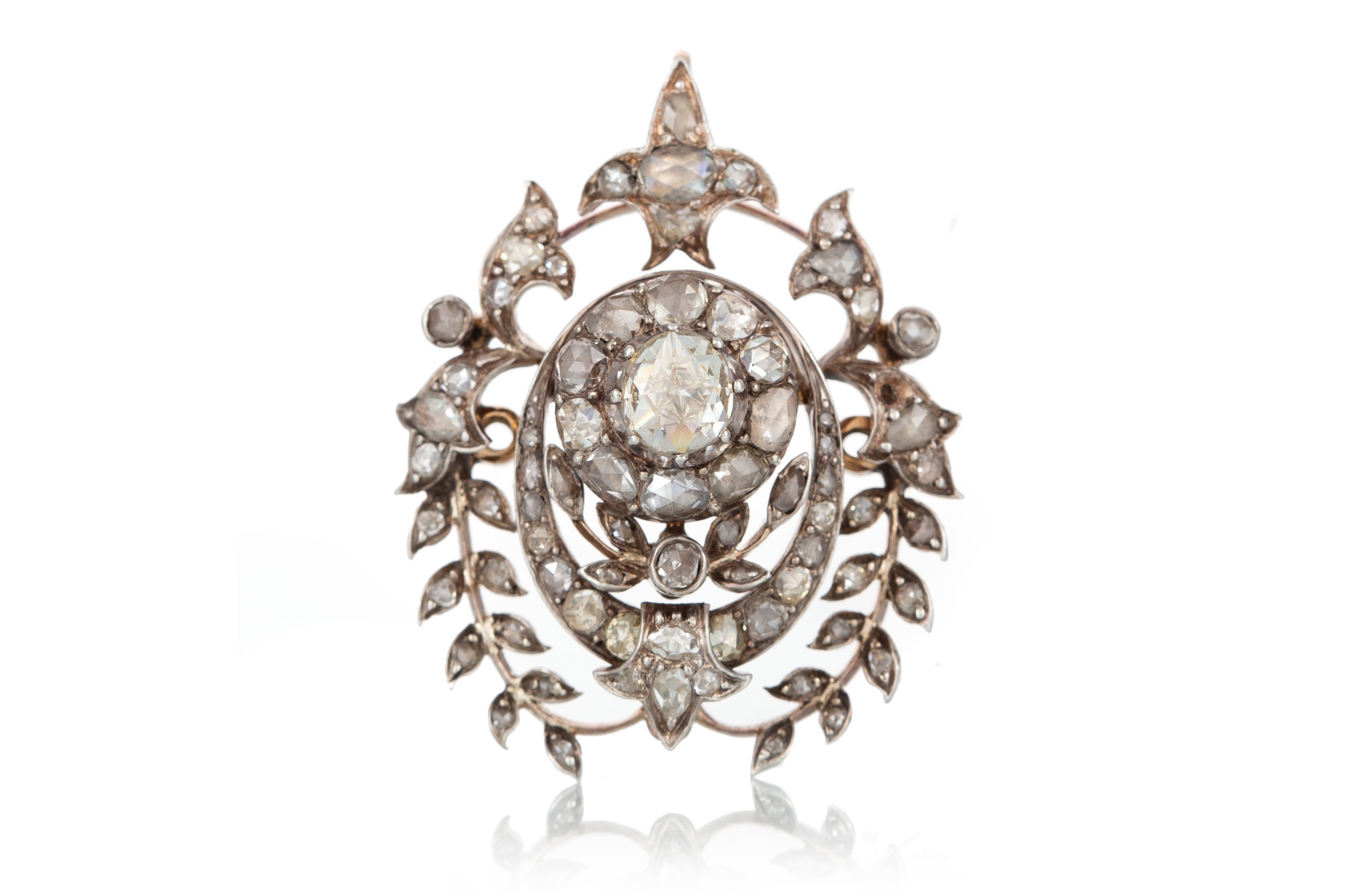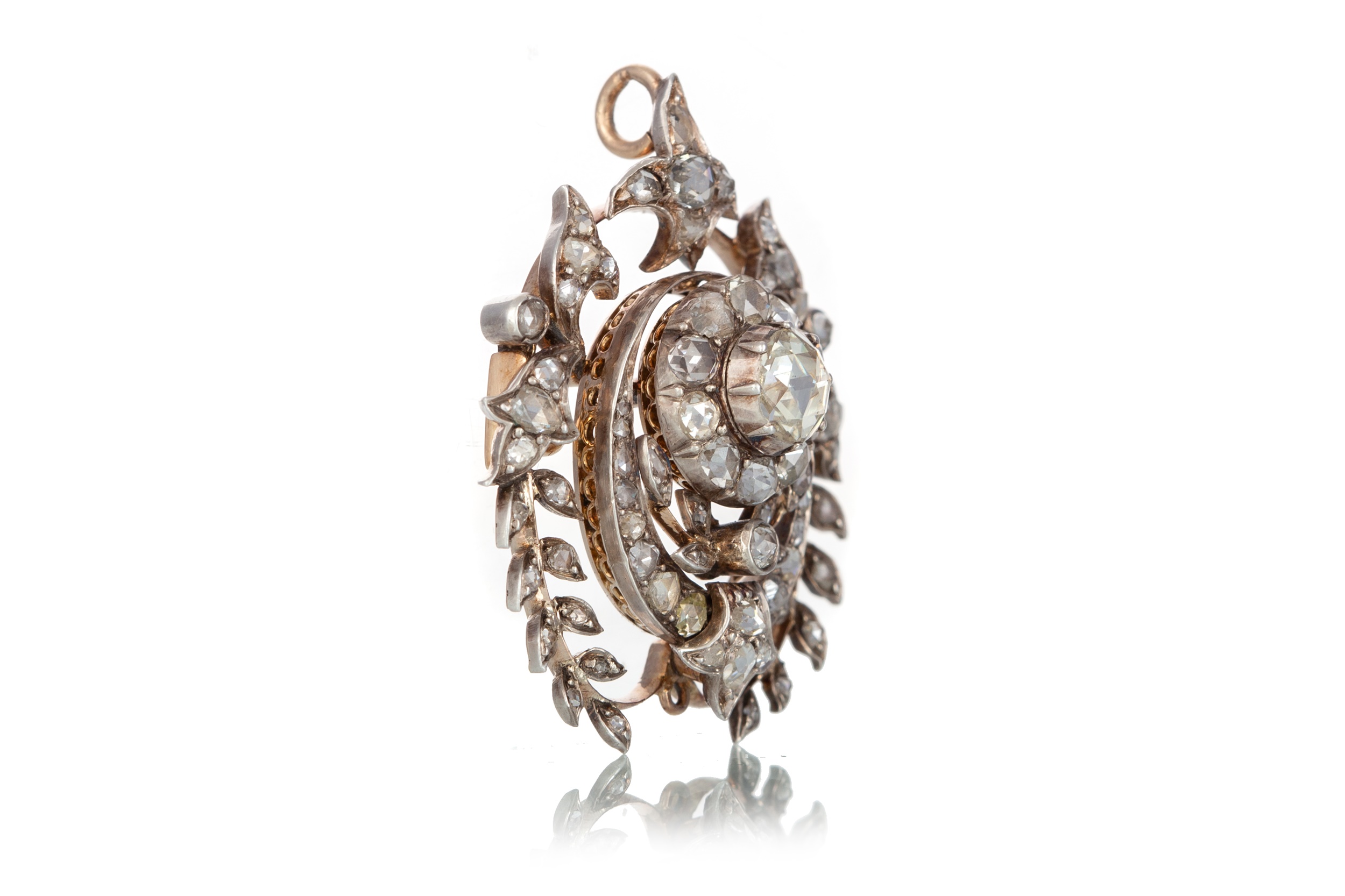The History of Foiled Diamonds
‘Foiled diamonds’ may be a term that many are unfamiliar with however this has been a common practice for centuries and can be traced back to Minoan times, with examples of such stones being discovered in the graves of Minoan people around 2000BC. The first written account of such treatment can be credited to Pliny in the first century AD.
Foiling is a technique used by goldsmiths to enhance the optical brilliance and performance of a stone which involves placing a thin sheet of coloured foil to the underside of the stone. The metallic lustre of the foil enhances the brilliance of the stone therefore making the stone more attractive. This was not a particularly easy treatment with diamond setters carefully selecting the correct foil for each stone which would be the subjective choice of each individual setter. These is a common misconception that foiling was reserved for only low quality stones as records show that in 16th century Italy, Pope Clement commissioned Cellini to create a set of buttons which were set with sapphires, rubies, emeralds and diamonds, described as ‘splendid stones’ and each were foil backed. 
The art of foiling gained most notoriety during the Georgian Era where diamond cuts such as the rose cut and table cut displayed little fire or brilliance so these stones were often enhanced by foiling. Through time during the Victorian era, advances in lapidary that increased a stones brilliance meant that foiling was no longer a necessity.
It’s no surprise that during these times, many crooks took advantage of foiling in order to make low quality stones appear much greater. Deceiving customers has taken place from an early point in history and curiously, during Cellini’s time, the tinting of gemstones was illegal but the tinting of diamonds was not so deceitful diamond dealers cashed n on the art of foiling to literally ‘foil’ their customers into purchasing low quality stones.
Lot 435 in the Antique and Modern Jewellery Auction is a pretty Georgian diamond pendant whereby the central stone is foil backed. Over time, the delicate foil has worn away in some areas, highlighting that this has been a much loved and well worn piece.
McTear’s sells more jewellery than any other traditional auction house in the dedicated jewellery auctions that take place twice monthly, run concurrently live online on a platform that attracts six million visitors annually from over 120 countries worldwide. For a complimentary, no-obligation valuation, contact a specialist on 0141 810 2880 or amy@mctears.co.uk.
What's it worth?
Find out what your items are worth by completing our short valuation form - it's free!

